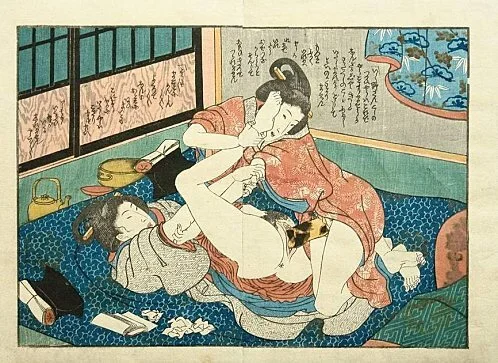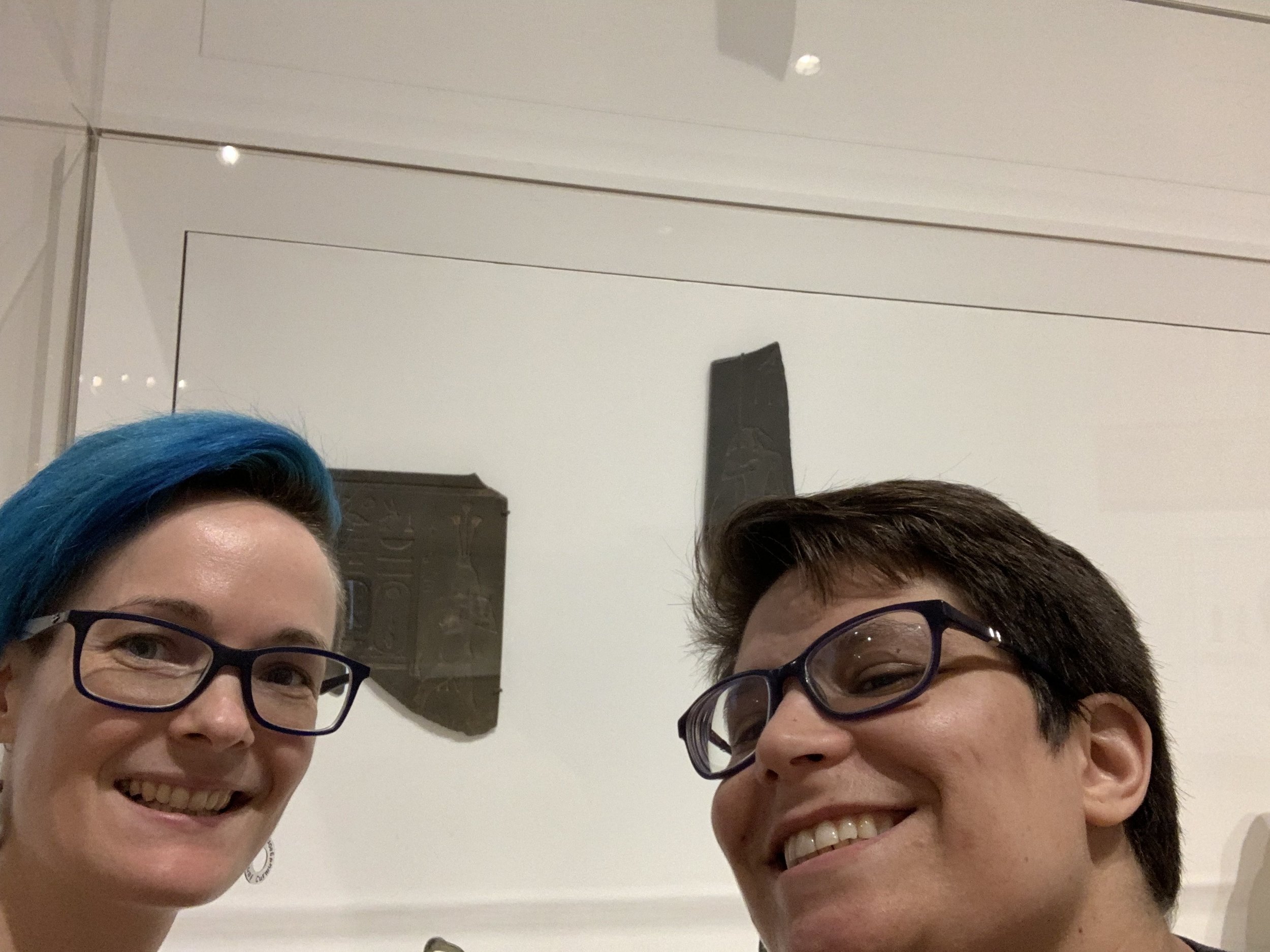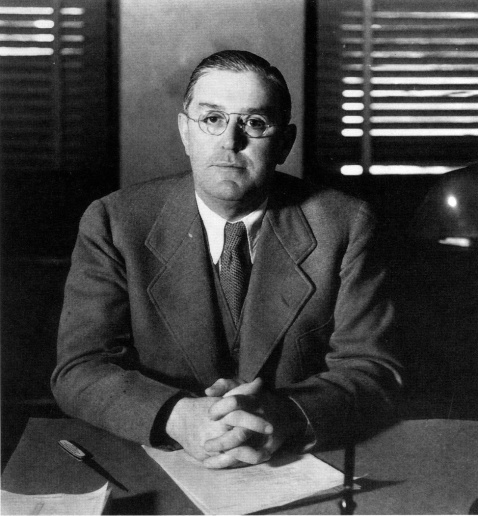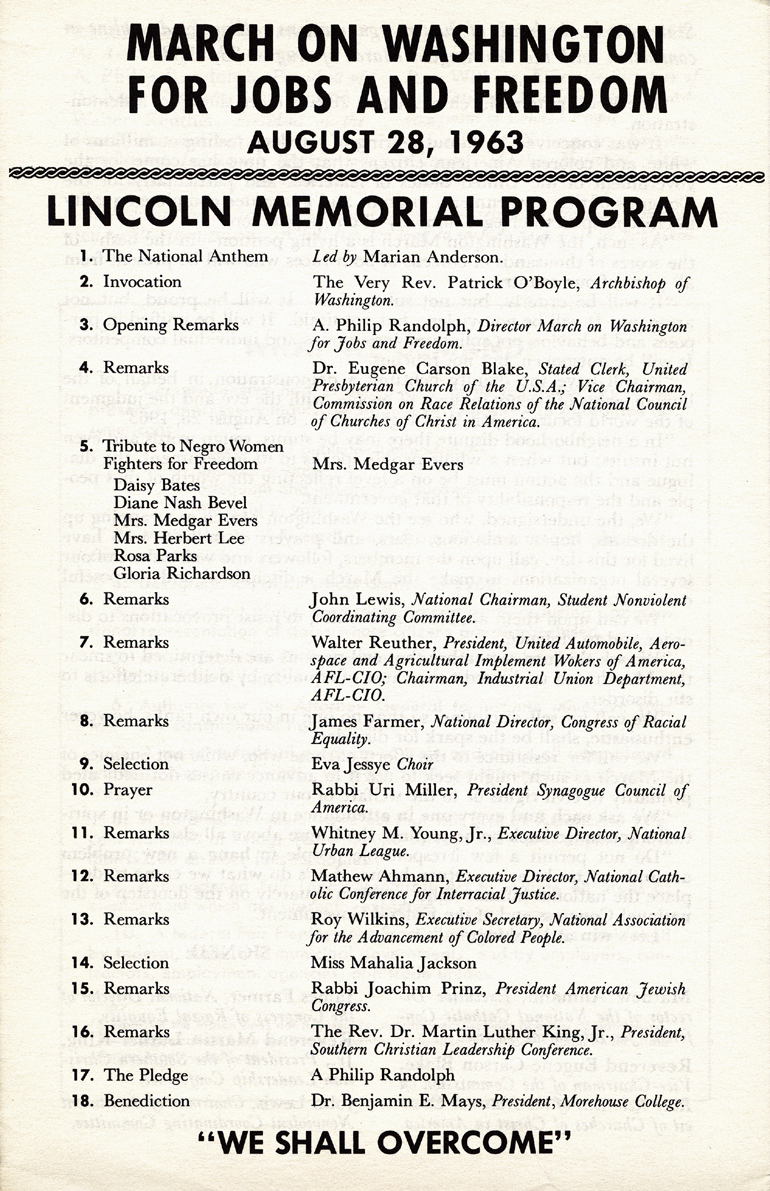26. A Royal Troublemaker in King Kristina of Sweden
/What better way to start off the cold, wintery season than with a new episode of History Is Gay and a trip to, as Rene Descartes said, the land of rocks and ice and bears? For this episode, Leigh is joined by fantabulous guest host V Silverman to explore the fascinating history of King Kristina of Sweden. A probably nonbinary, most likely asexual, definitely biromantic monarch of 17th century Sweden, Kristina was known for their aesthetic tastes, insatiable hunger for knowledge, and absolutely atrocious spending habits. Follow our hosts as they track Kristina’s claiming of power, conversion to Catholicism, cavorting around Europe, and countercultural influence, with a few pit stops and power-grabs along the way.
Hey look, a guest host!
Meet V!
V is awesome. Friend of the pod, they are the fantastic artist behind our Geographic Queers gear designs, and joins us for the most delightfully genderqueer episode chock full of they/thems. V is also the co-host of the fantastic podcast Fuzzy Logic, an educational-ish, comedy-ish podcast where the hosts know very little about a whole lot. Listen, learn, and LOL! You can find more things from V at their website, or check them out on twitter @nikeagxy!
A Closer Look at King Kristina of Sweden
A rare portrait of a young Kristina, by Jacob Heinrich Elbfas, at 14 years old and uncharacteristically in a wig and feminine clothing.
A portrait of Kristina, by Sébastien Bourdon
Christina of Sweden by Sébastien Bourdon, 1653. This was Kristina’s favorite painting and hung in their bedroom to the end of their life.
The maidenly Belle, and Kristina’s intimate lady-in-waiting, Ebba Sparre.
Kristina and the Saumais playing a prank on poor Ebba Sparre, making her unwittingly read from a raunchy novel aloud. The GUFFAWS!
Axel Oxy-boy!
Kristina (on the left side of the right table), in an argument with Rene Descartes, in a romanticized painting by Nils Forsberg (1842-1934), after Pierre-Louis Dumesnil the Younger (1698-1781)
A portrait of Kristina in their later years, circa 1685.
And lastly, Kristina again in their elder years, rocking that badass androgynous style.
A Selection of Kristina’s Maxims:
“We should be more miserly with our time than with our money”
“It is more difficult to do evil than to do good”
“Custom makes us insensible to almost everything”
“We should never believe anything we have not dared to doubt”
“A prince must think of himself a slave crowned by the people”
“Happiness does not lie in the opinions of others”
“Life is too short for love”
“It requires more courage to marry than to go to war”
“Patience is the virtue of those that lack either courage or force”
If you want to learn more about Kristina of Sweden, check out our full list of sources and further reading below!
Online Articles:
Christina, Queen of Sweden. Maxims of a Queen, Christina of Sweden (1626-89).
A Journal of the Swedish Embassy in the Years 1653 and 1654, Vol. II by Whitlocke
Books and Print Articles:
Christina, Queen of Sweden: The Restless Life of a European Eccentric by Veronica Buckley
Queer, There and Everywhere by Sarah Prager
Surpassing the Love of Men by Lillian Faderman
Who’s Who in Gay & Lesbian History ed. Robert Aldrich & Garry Wotherspoon
“Two Portraits of a Queen: Calderón and the Enigmatic Christina of Sweden” by Deborah Compte, Hispanic Journal, Vol. 27, No. 1
“Christina of Sweden's Patronage of Bernini: The Mirror of Truth Revealed by Time” by Lilian H. Zirpolo, Woman’s Art Journal, Vol. 26, No. 1
Beneath the surface: the portraiture and visual rhetoric of Sweden's Queen Christina” by Nathan Alan Popp, University of Iowa

































































